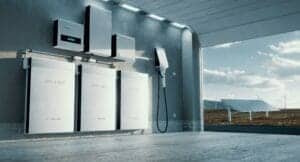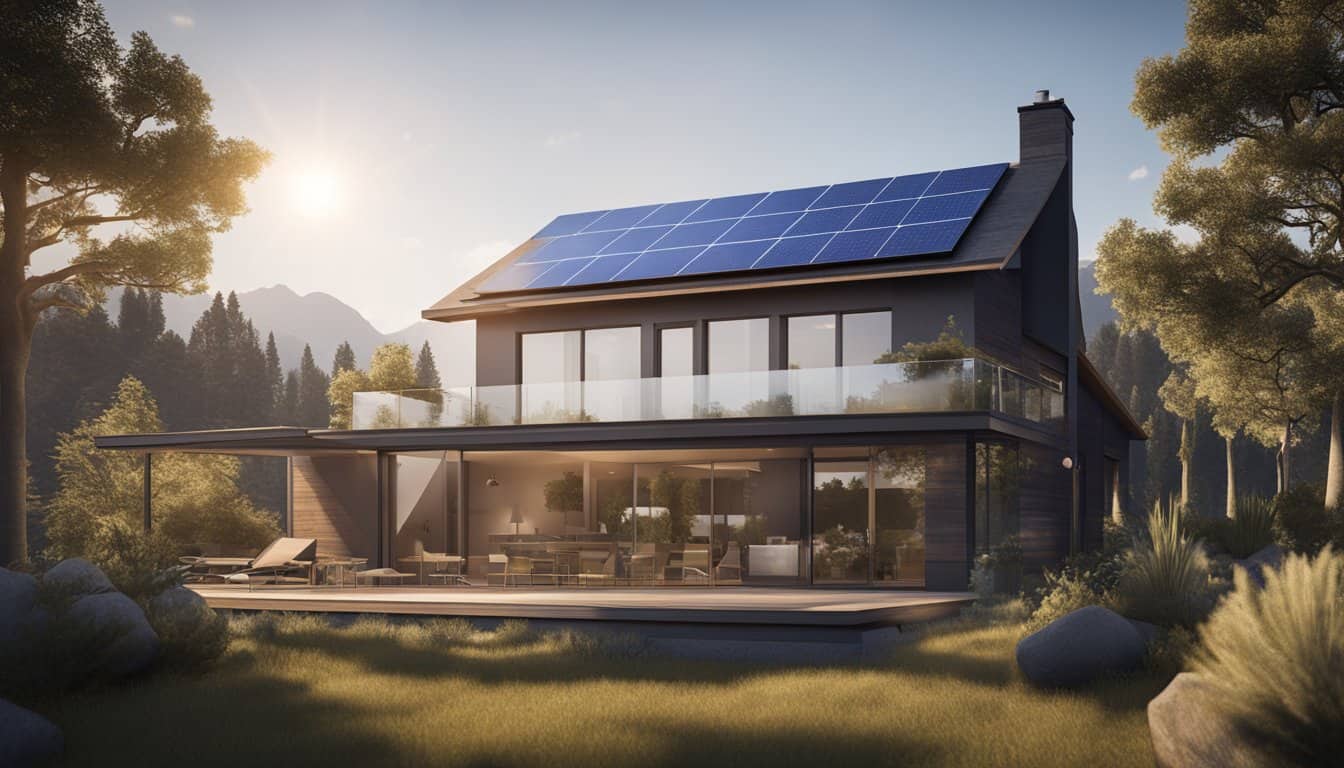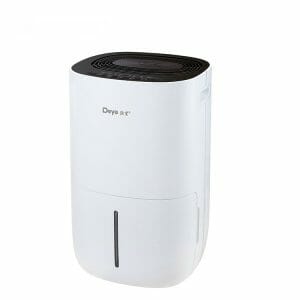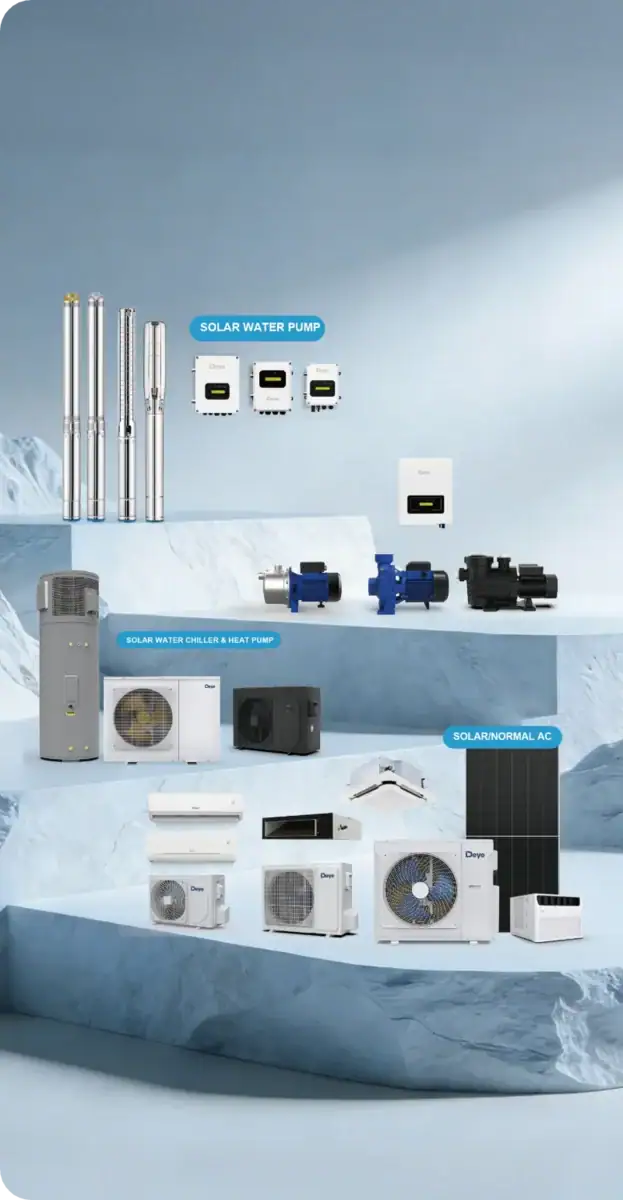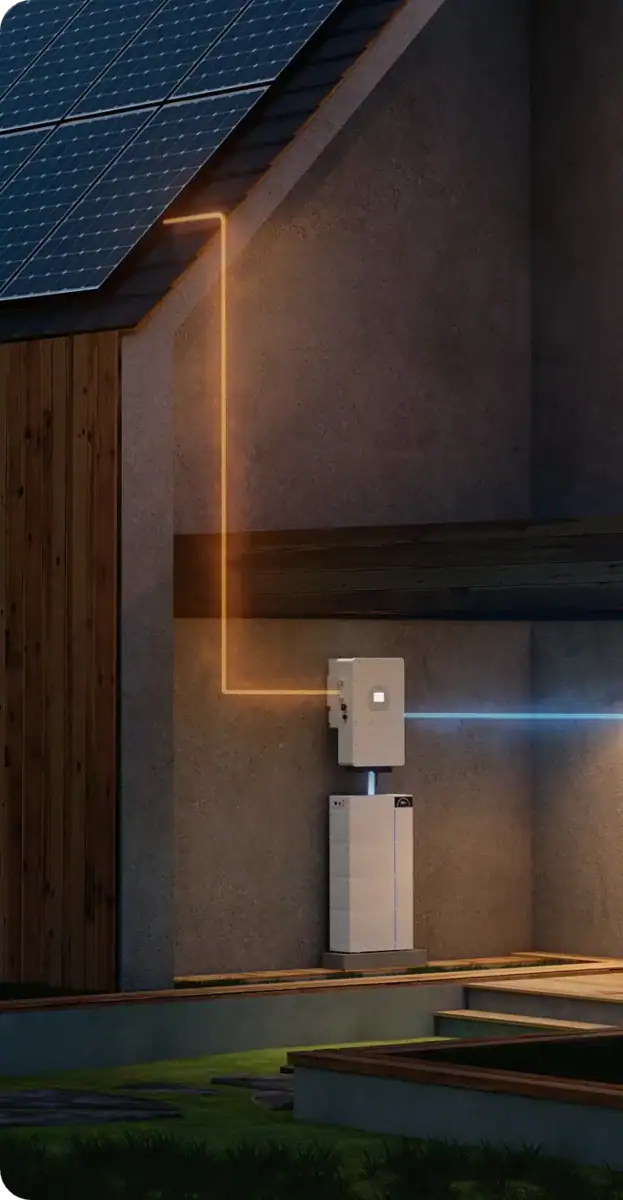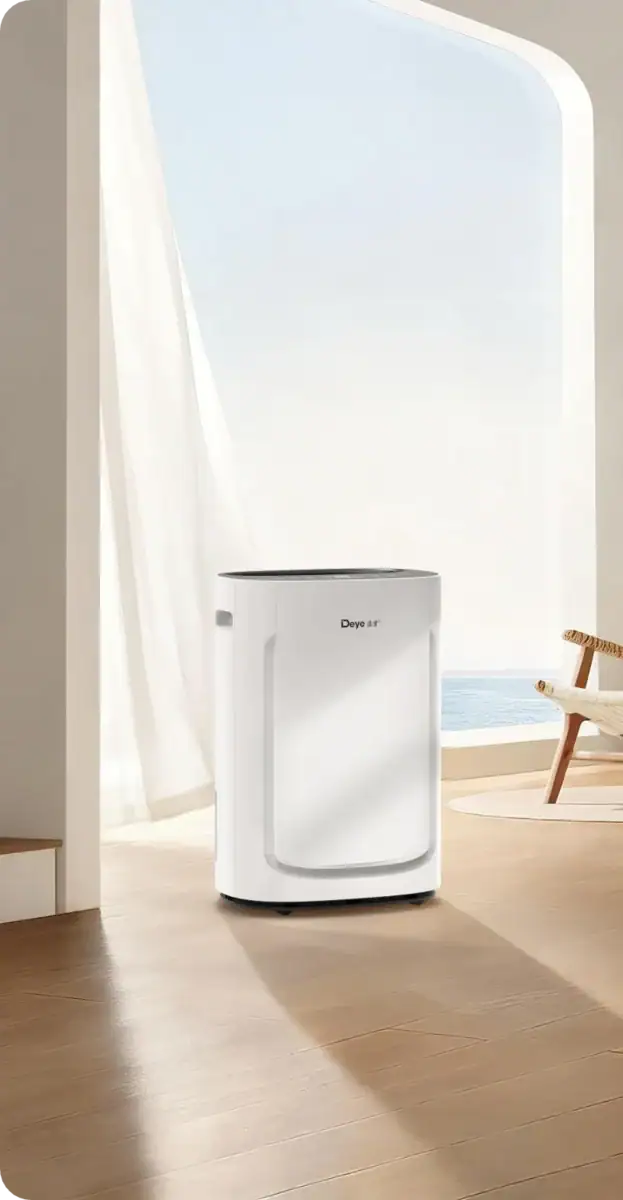The main structure of the wheel dehumidifier is a continuously rotating honeycomb drying wheel.
The drying wheel is the key component of the dehumidifier to absorb moisture. It is composed of a corrugated medium made of a special composite heat-resistant material. The corrugated medium contains moisture absorbent. This design has a compact structure and can provide a huge surface area for full contact between the humid air and the hygroscopic medium. Thereby greatly improving the dehumidification efficiency of the dehumidifier.
The dehumidification wheel, a partition made of a material with high sealing performance, is divided into two sectors: one is a 270-degree sector of the wet air end, and the other is a 90-degree sector of the regeneration air end.
When the humid air to be dehumidified (called processing air) enters the 270 degree fan-shaped area of the runner, the water molecules in the air are absorbed by the moisture absorbent in the runner, and the dried air is sent to the dry air outlet through the processing fan.
The dehumidification wheel rotates slowly during the dehumidification process. In the dehumidification process, the runner fan in the air treatment area adsorbs water molecules, and when it becomes saturated, it will automatically go to the regeneration air end sector and enter the regeneration process.
In the regeneration process, the regeneration air (generally outdoor air) is heated and enters the fan in the regeneration zone of the runner. Under high humidity, the water molecules in the runner are desorbed and lost to the regeneration air. As the regeneration air emits heat during the desorption process, its temperature is lowered and becomes humid air with a large moisture content.
The humid air (exhaust gas) is exhausted to the outdoors by the regeneration fan.

